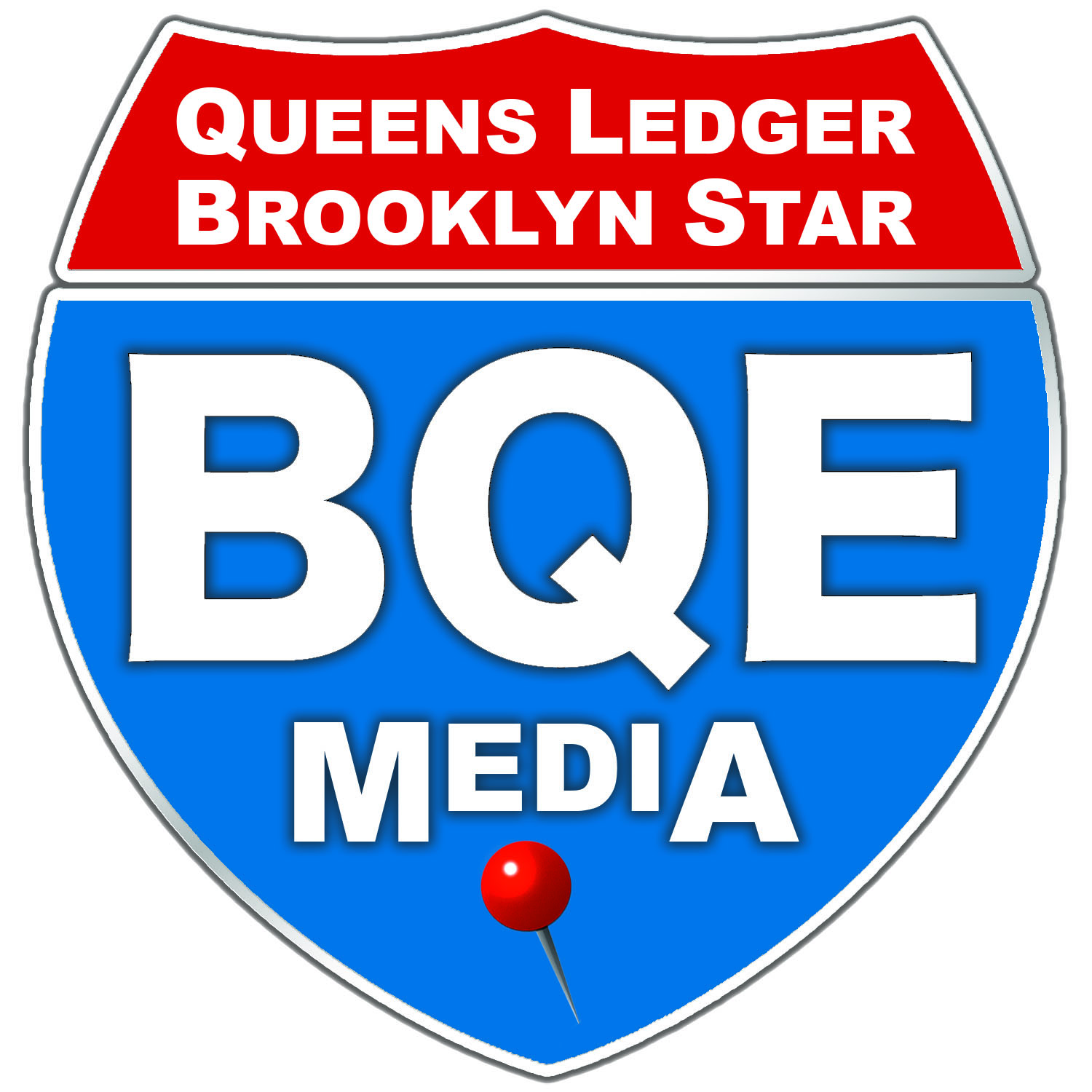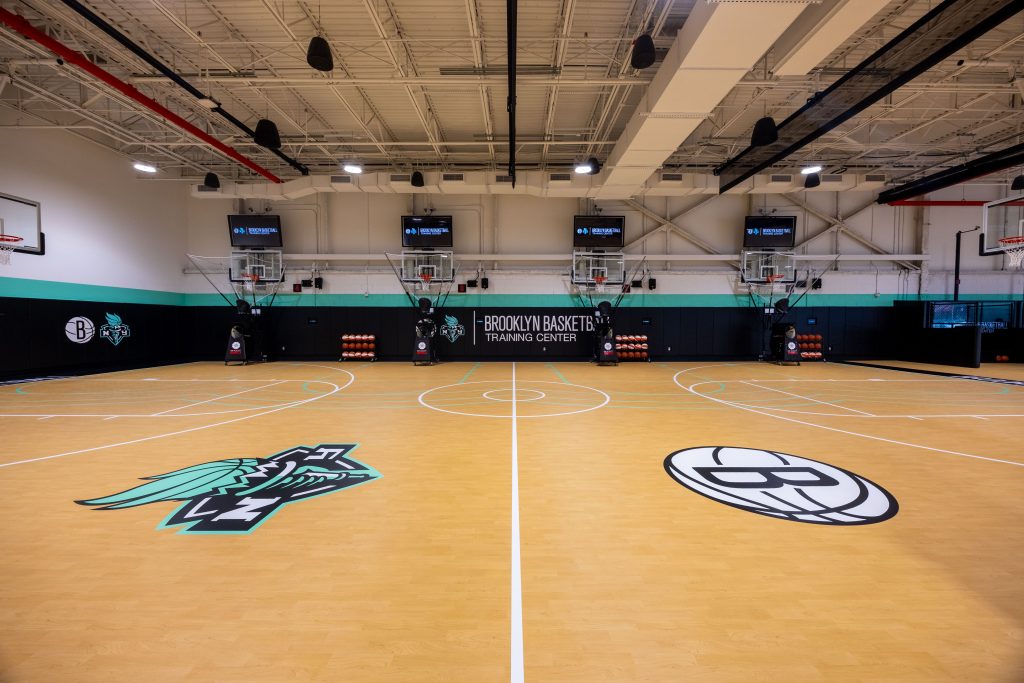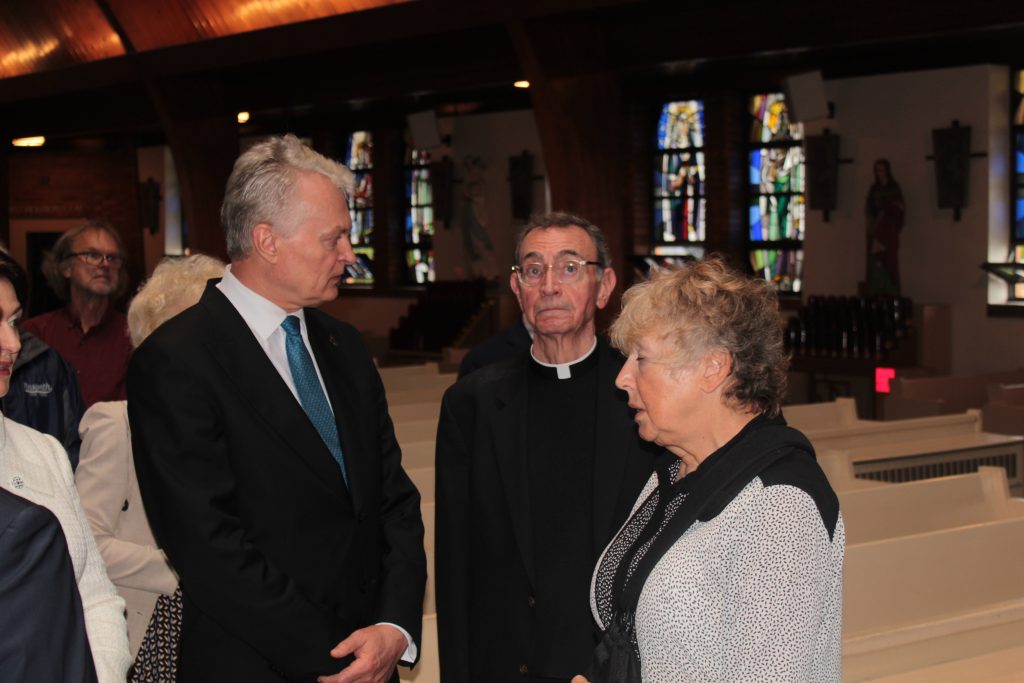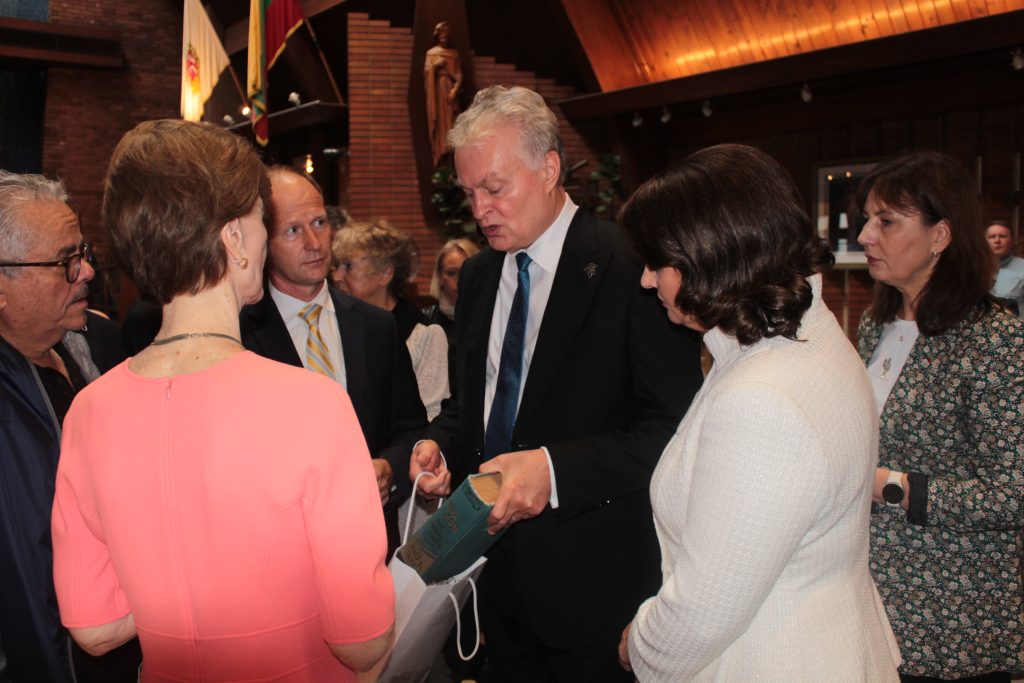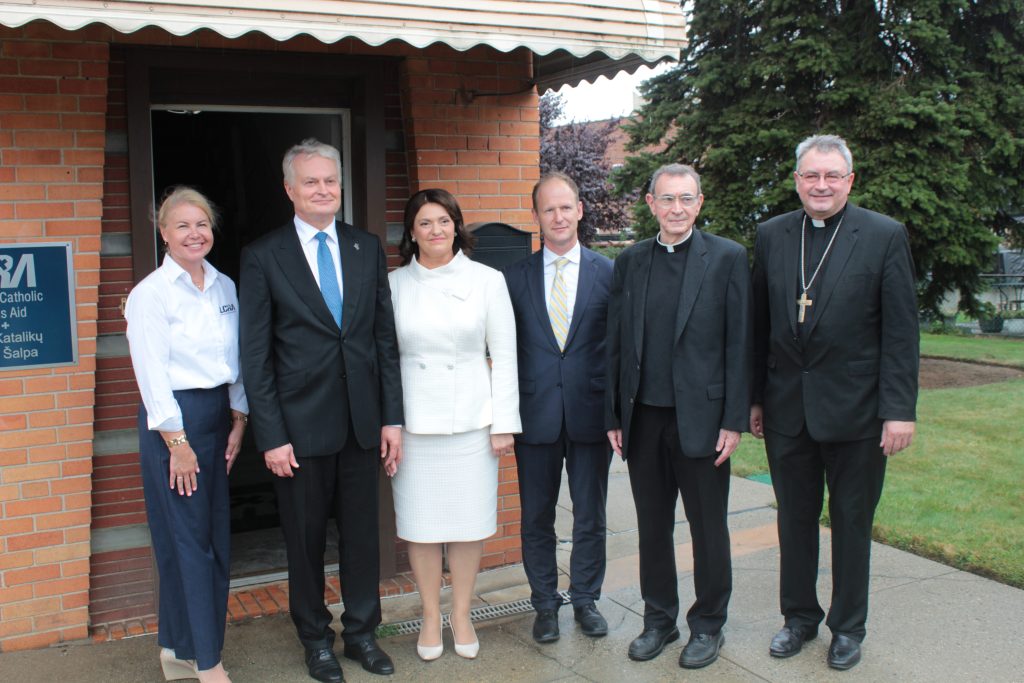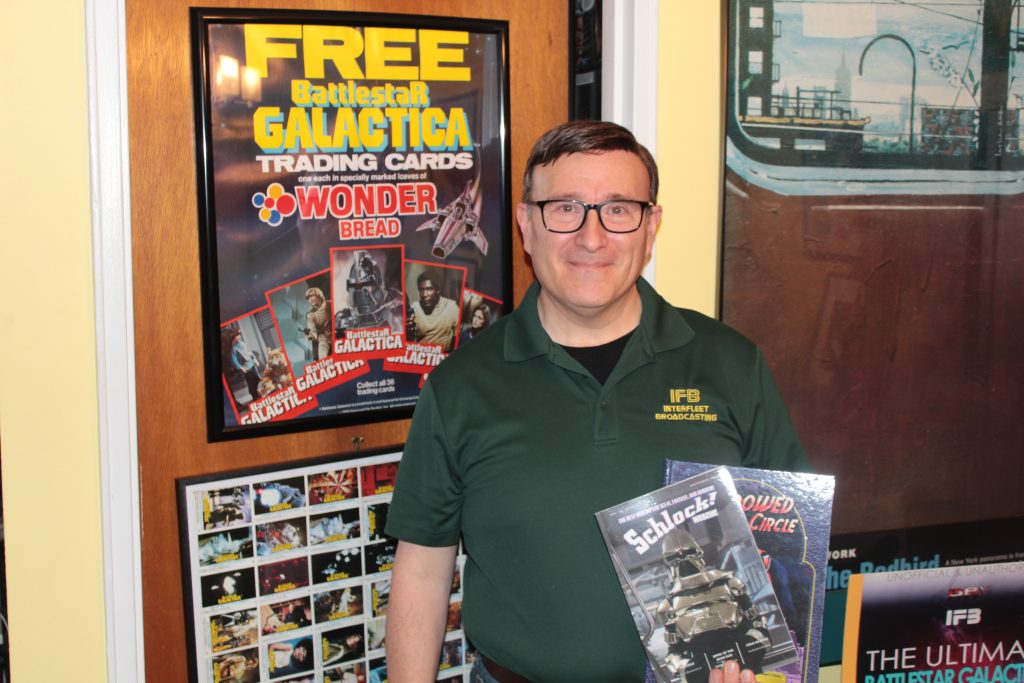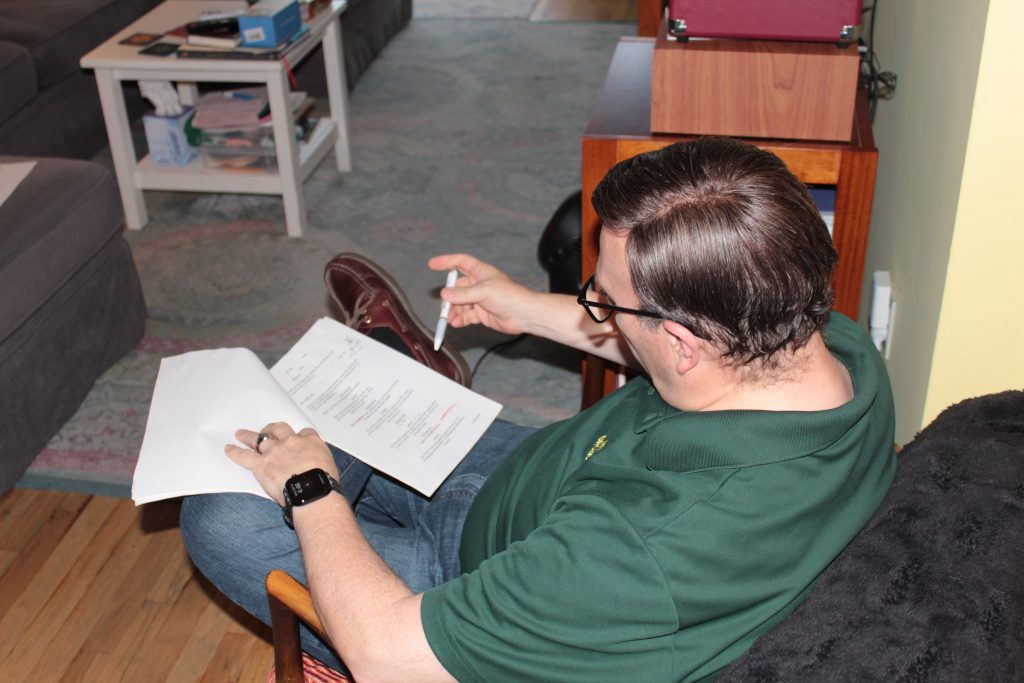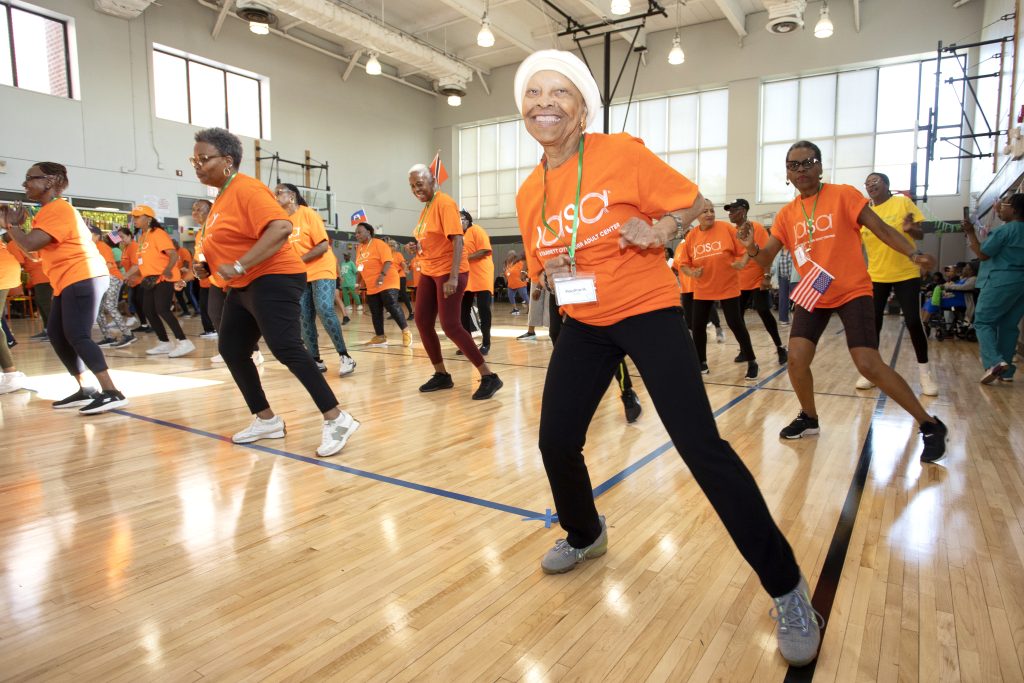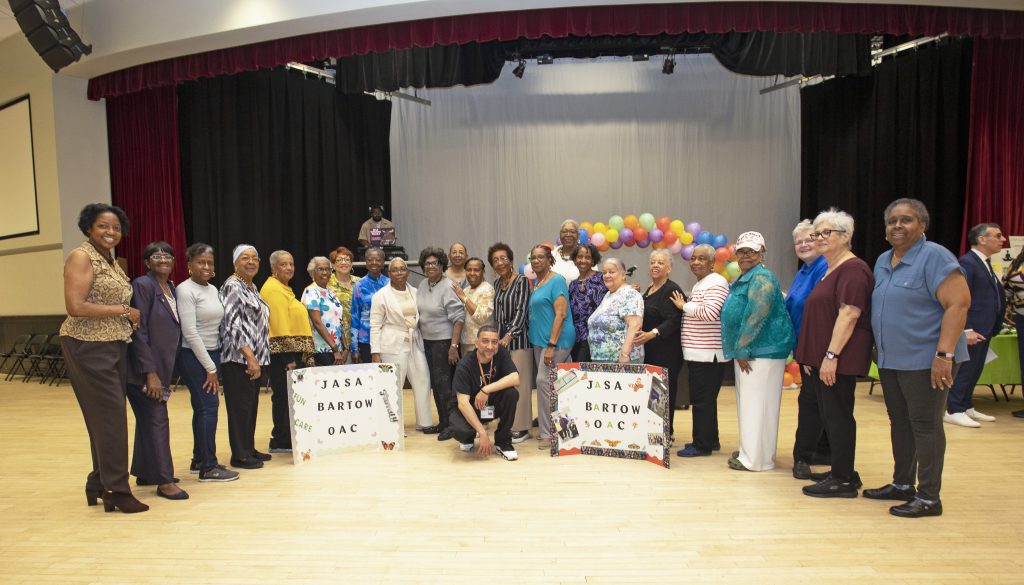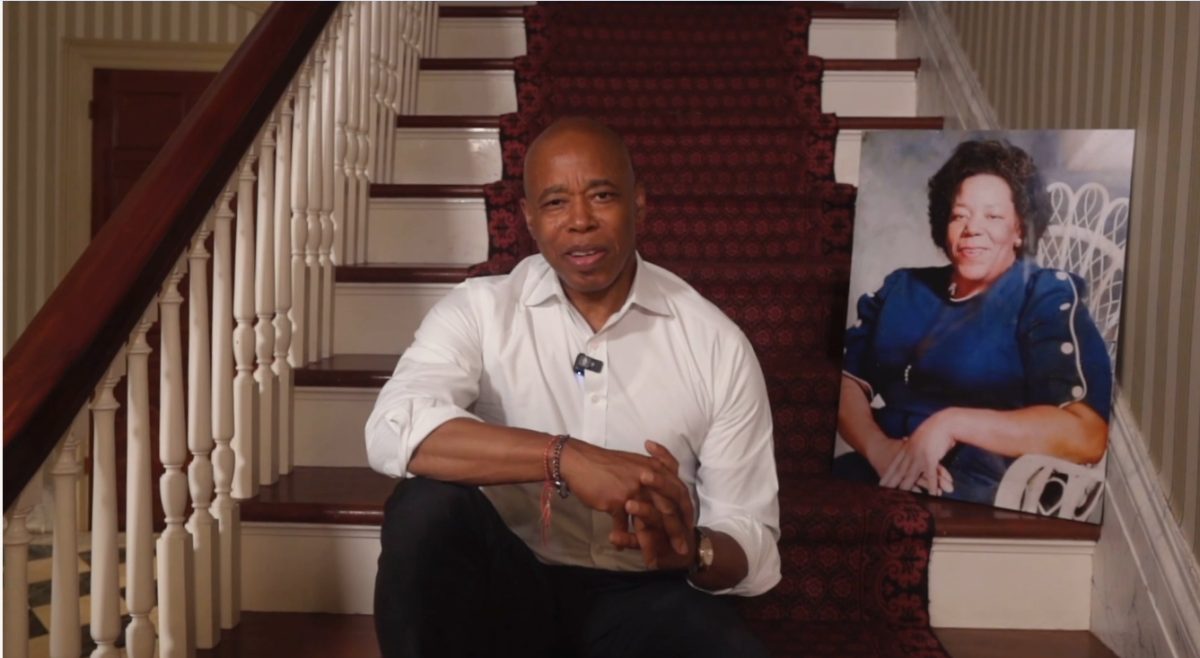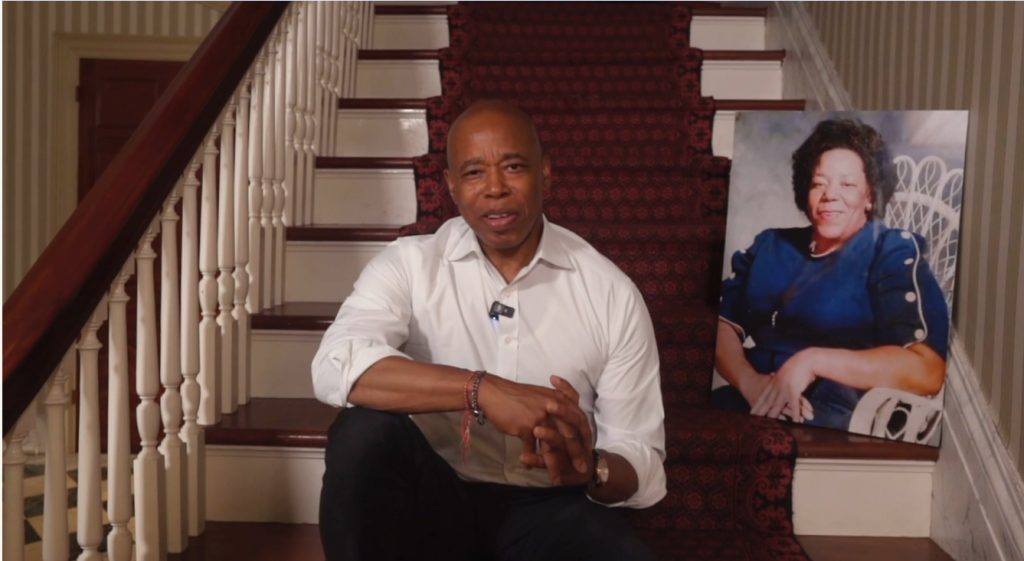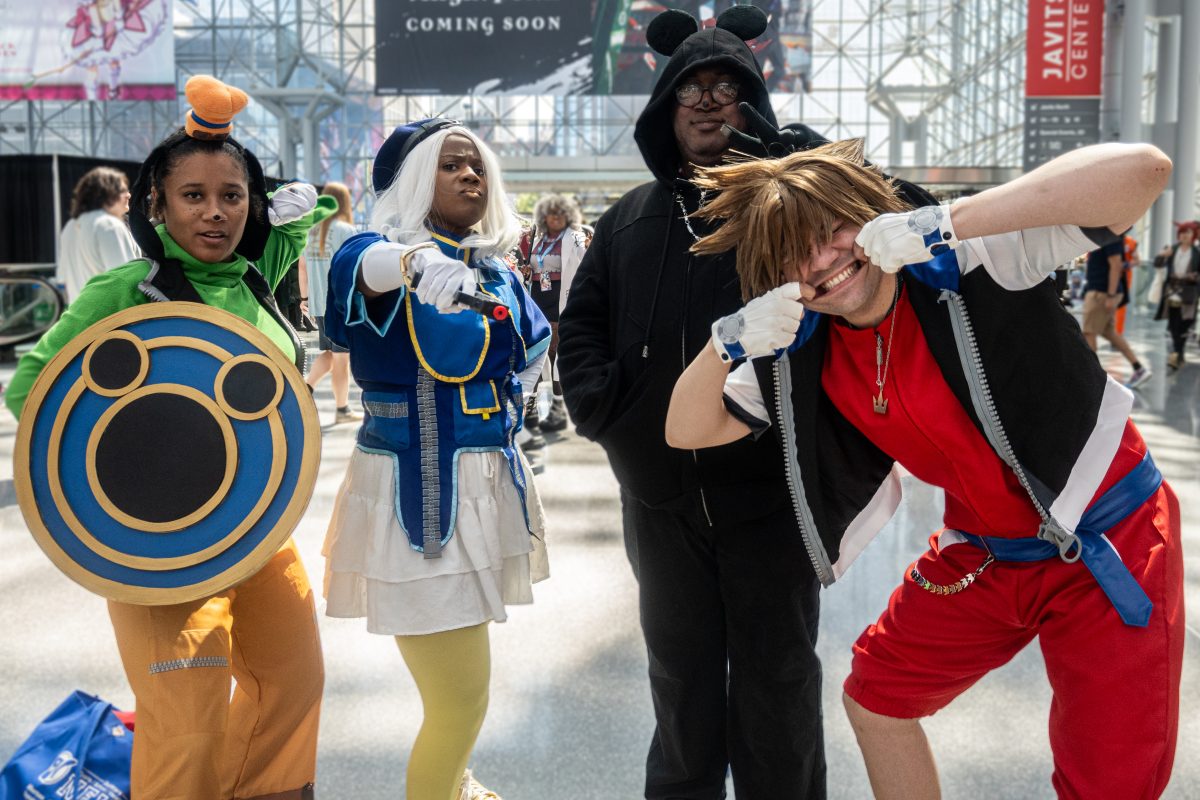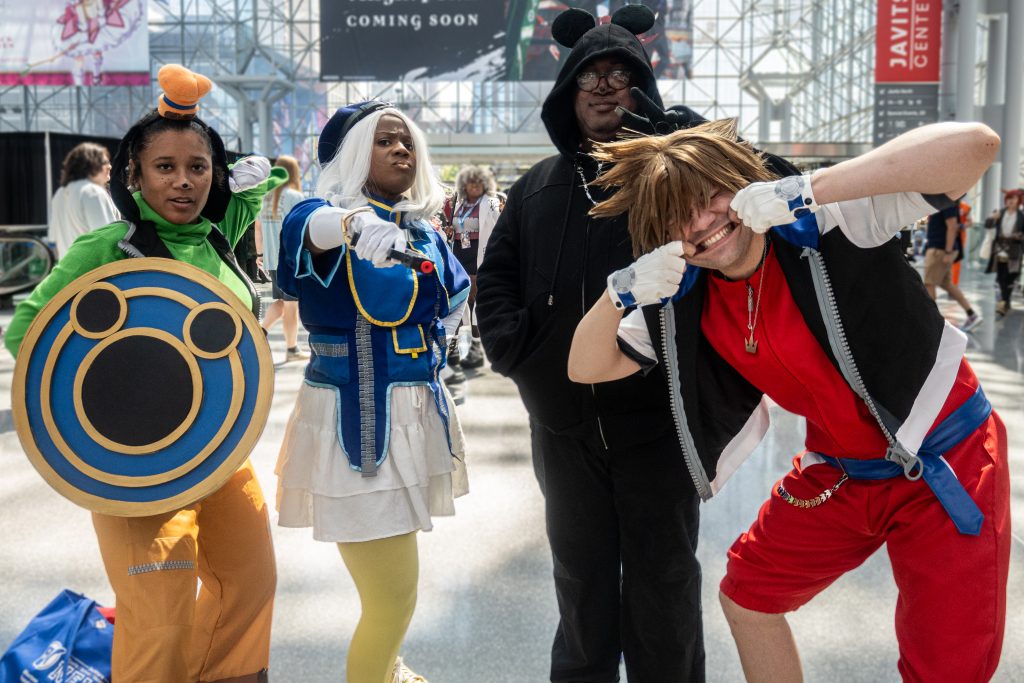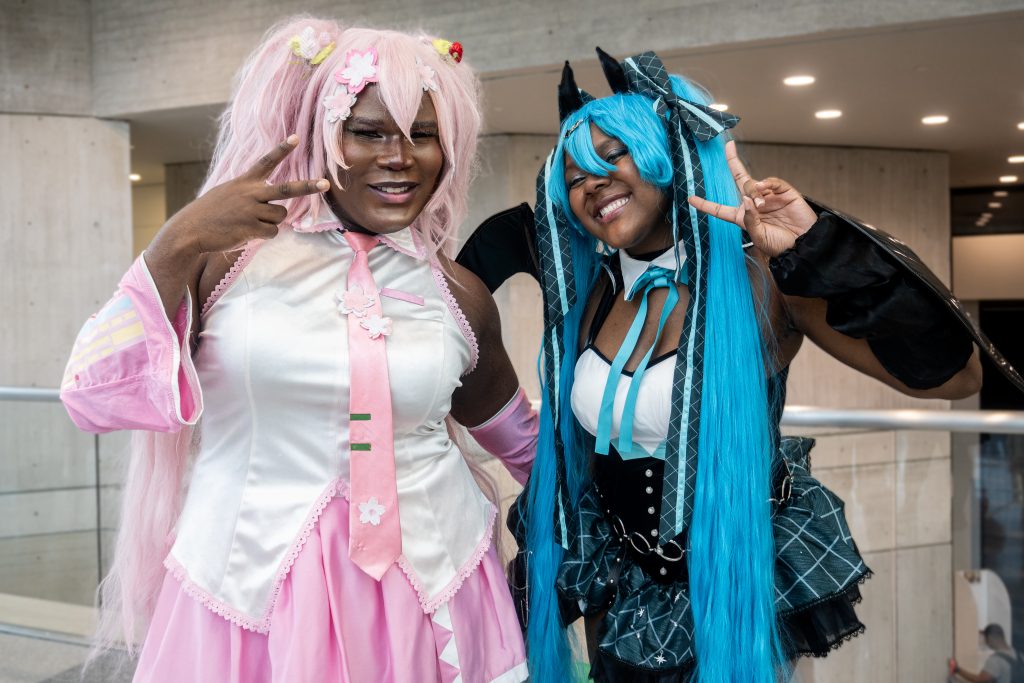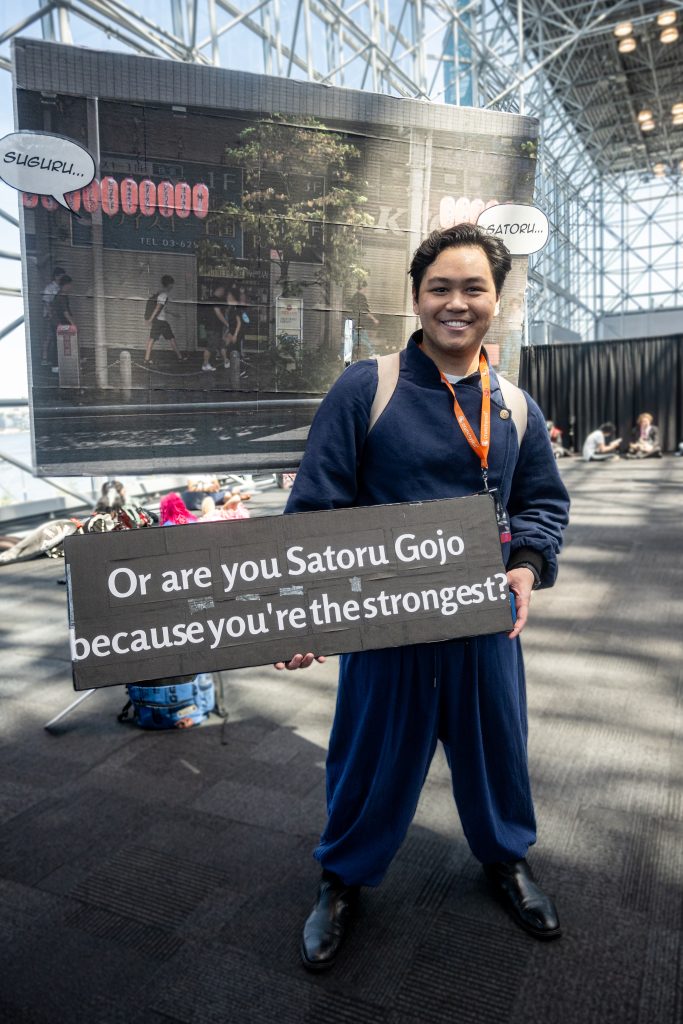Messi Scores Two in Queens as Miami beats NYC
Boys in Blue bounce back with Hudson River Derby win and double over Red Bulls
By Noah Zimmerman
noah@queensledger.com
The World’s Borough showed out for Lionel Messi’s first ever match in Queens last week. A crowd of over 40,000 filled Citi Field as New York City FC hosted Inter Miami. It was a pivotal match for Eastern Conference seeding, as NYC mounted an impressive hike up the table, even bypassing Miami (despite them having two games in hand).
NYC entered the match in the East’s 3rd seed with Miami right behind in 4th but still within reach of the Supporters Shield and 1st overall seed due to their extra games left to play.
It’s been a budding rivalry in the conference, with the sides already engaging in some heated contests and fans pitted against each other. It’s no surprise that Messi has caught the attention of fans across the country, especially in an international soccer capital like New York City. It wasn’t surprising to see so many pink #10 shirts mixed into the sea of sky blue NYC gear.
On the field, it was a series of blown chances that cost New York a foothold against the Floridian side. In the first half there were two golden opportunities to score, but a point-blank Thiago Martins header was saved by Miami’s Oscar Ustari and a shot by Nico Fernandez glanced off the wrong side of the post.
Miami made the hosts pay before the break. Despite being the better side in the first half, NYC went into the half trailing by one after an immaculate assist by Messi to set up Baltasar Rodriguez.
The visitors piled on in the second half, with Messi finding the net himself in the 74th minute. The Queens crowd erupted as fans watched the greatest of all time beat the back line and softly chip the ball over Matt Freese.
Dejected, NYC limped towards the finish line, but Messi and Miami weren’t done. Luis Suarez netted a penalty in the 83rd minute before Messi completed his brace with a beautiful back-post shot just a few minutes later. The four goals scored were the most allowed by NYC all year, dampening what was a brilliant defensive record. It was also the first defeat suffered at Citi Field this year.
Just a few days later, NYC marched across the Hudson River to take on the New York Red Bulls. This time they got out on the front foot early, with Fernandez scoring just 90 seconds in.
Despite the early goal NYC again had trouble converting key chances, allowing their rivals back into the match. Youngster Julian Hall struck back to equalize in the 23rd minute and despite a brilliant header by Andres Perea to reestablish the lead, blown chances kept NYC from decisively pulling away.
Once again New York were punished, as Red Bulls star Emil Forsberg scored in the first minutes of the second half to keep his club’s playoff hopes alive.
Almost 20 minutes later and for the third time in the match, New York City seized the lead. This time it was captain Thiago Martins punching home a loose ball on the goal line after an initial stop on a Perea attempt.
With NYC unable to extend their lead, they looked to see out a tense finish. After 10 minutes of stoppage time, the final whistle finally blew, giving the visitors the win and a league double over their rivals. New York City players lifted the Hudson River Derby trophy in front of a sizable crowd of travelling fans.
The loss marked the likely end for the Red Bulls’ 15-year playoff streak, a Major League Soccer record. They currently sit in 10th, 5 points behind Chicago for the final postseason spot with matches coming up against 2nd place Cincinnati and 8th place Columbus.
For New York City, the season will come to an end at Citi Field against the Seattle Sounders after a road match against the rival Philadelphia Union. Just a few more points will secure a top-4 seed, giving the Boys in Blue a guaranteed home match in the playoffs.
